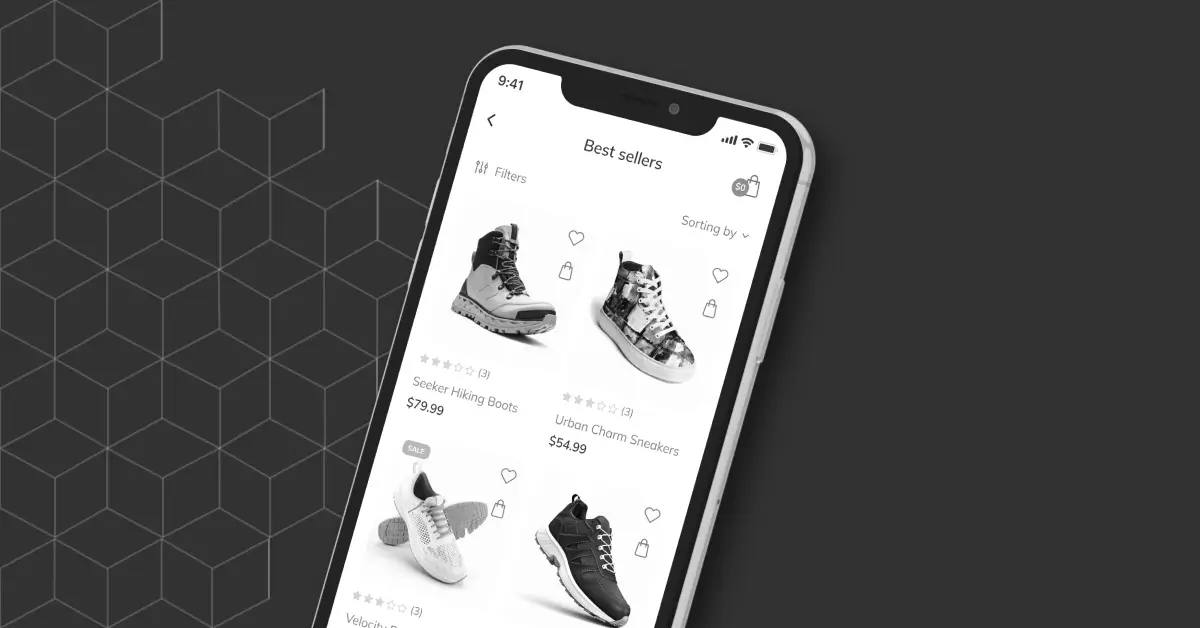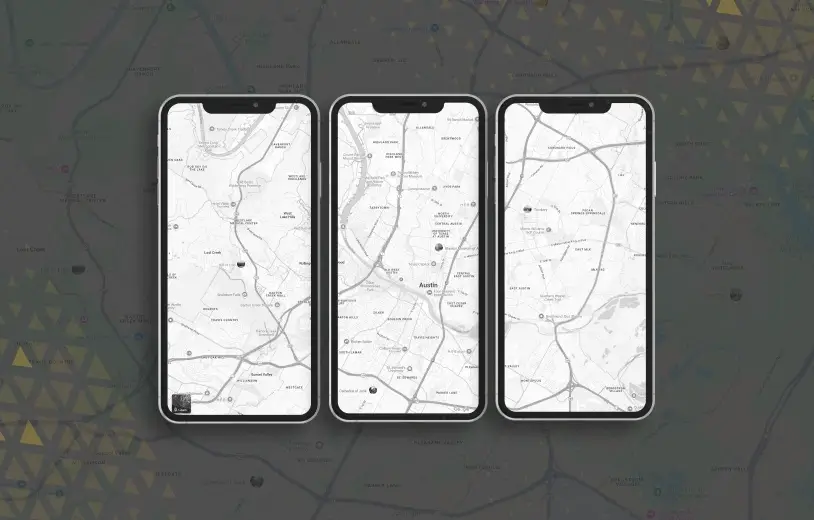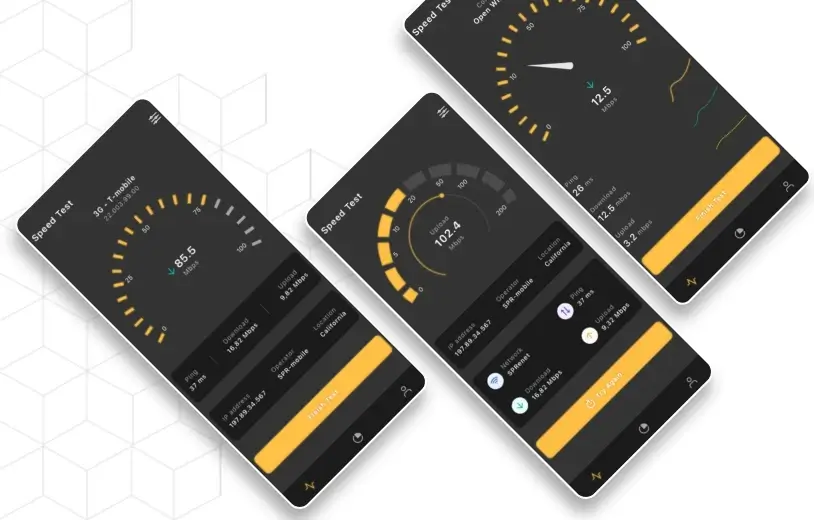Key Takeaways
- Expand your reach with Progressive Web Apps (PWAs) on iOS, offering cost-effective and accessible alternatives to native apps.
- Benefit from easier development and maintenance with PWAs, enabling real-time updates and consistent user experiences across devices.
- Overcome challenges such as limited integration with device features like push notifications, biometrics, and geolocation when using PWAs on iOs.
- Stay informed about Apple’s evolving support for PWAs, including recent updates that improve functionality on iOS devices.
- Consider the trade-offs between PWAs and native apps to determine the best approach for delivering your services on iOS.



